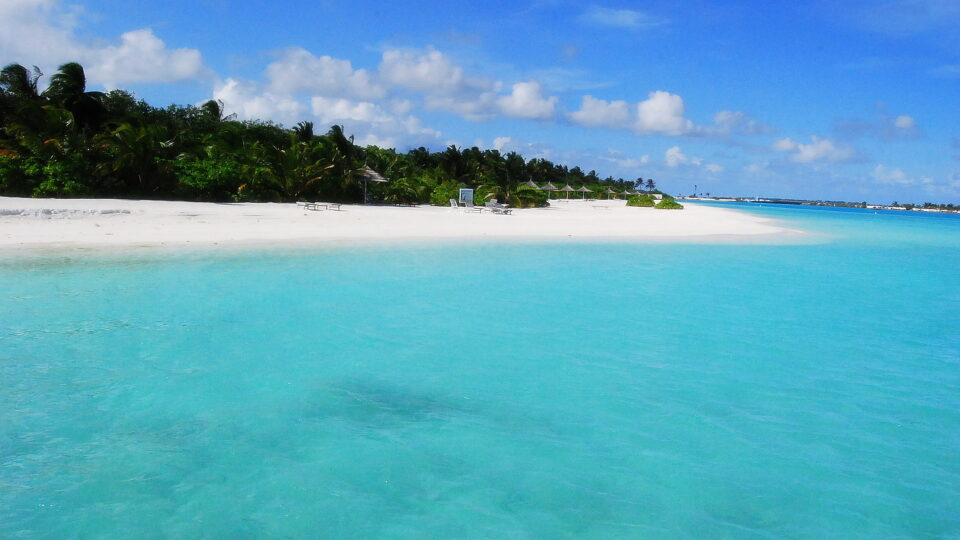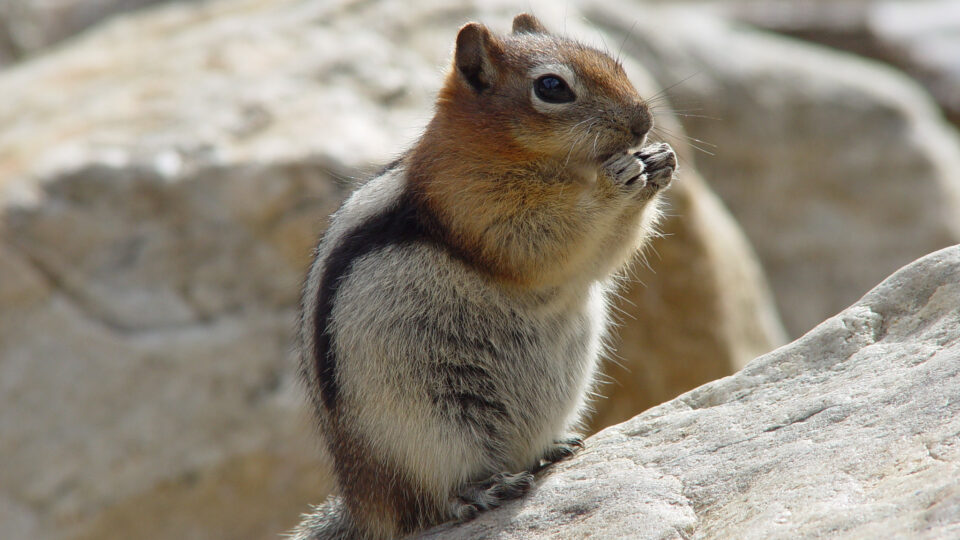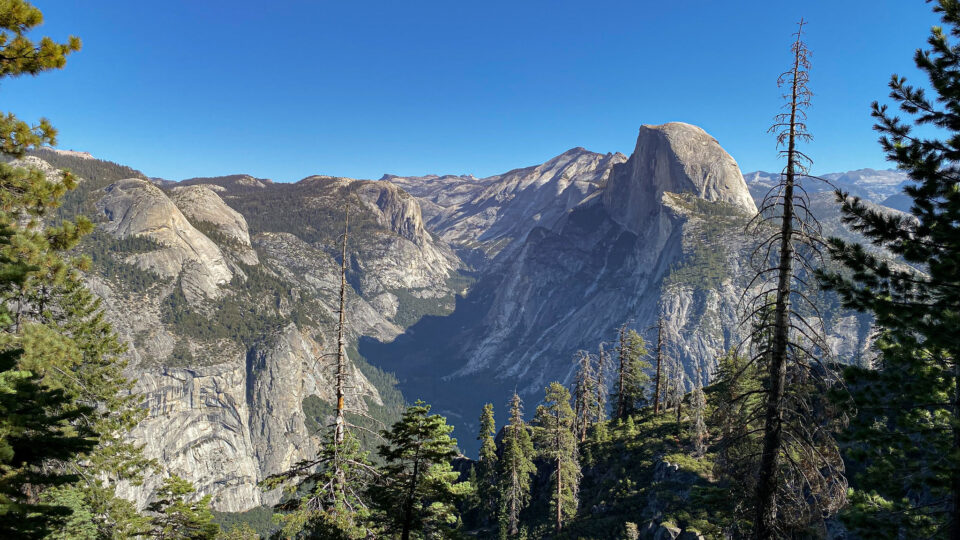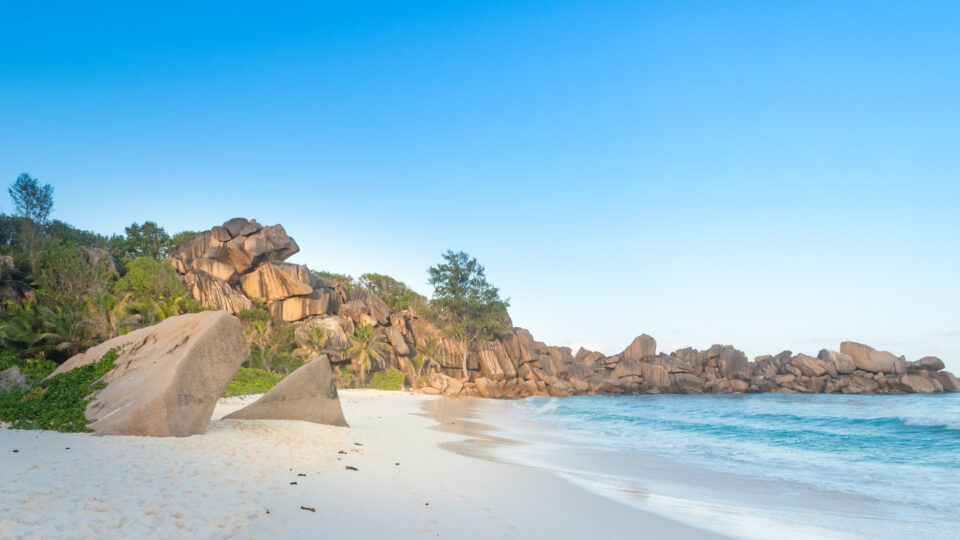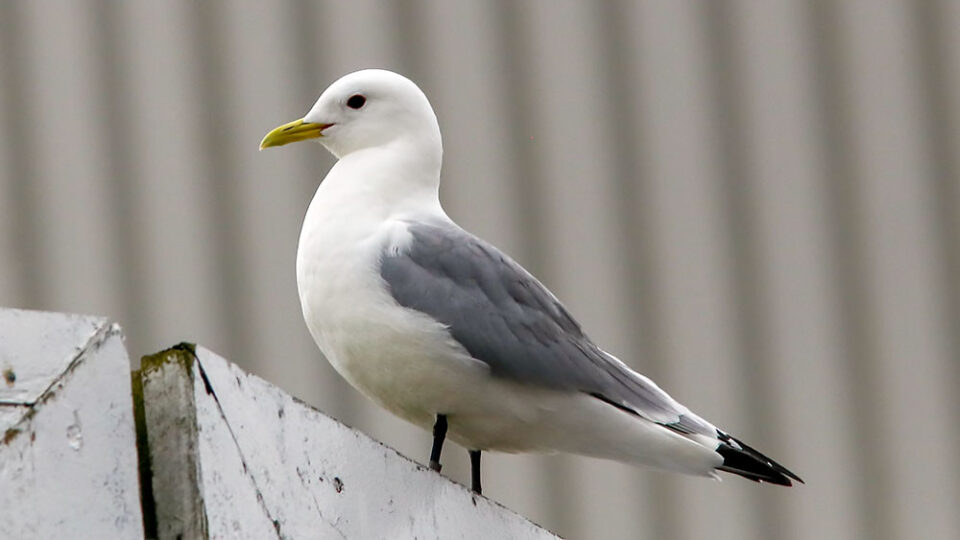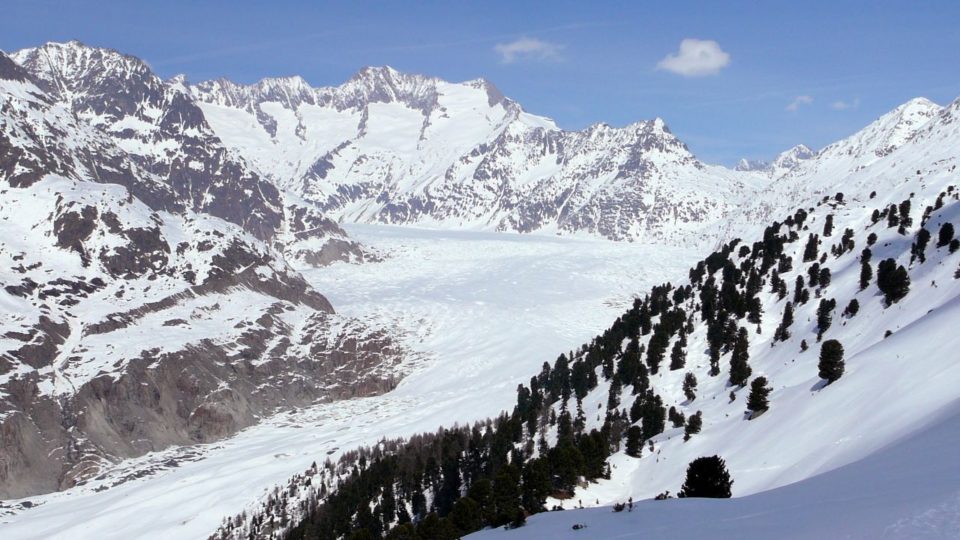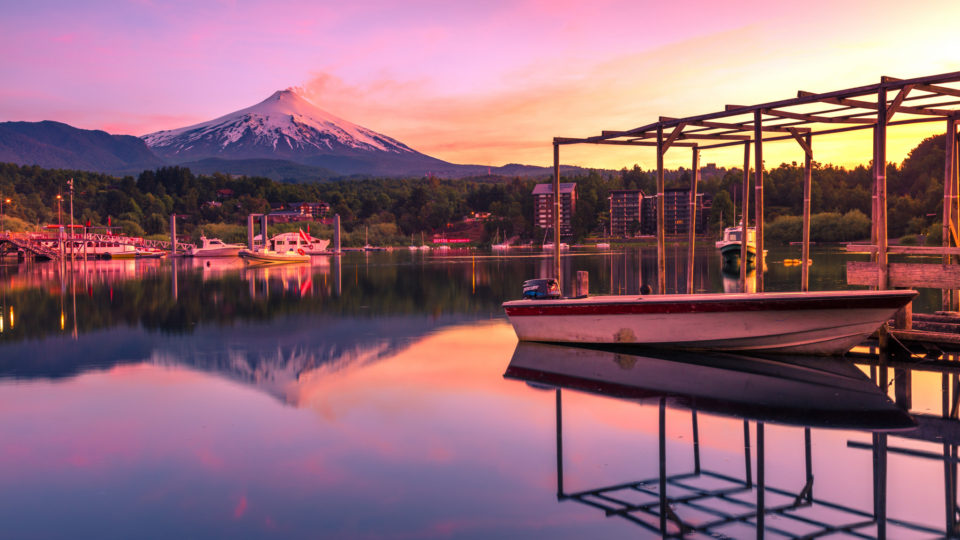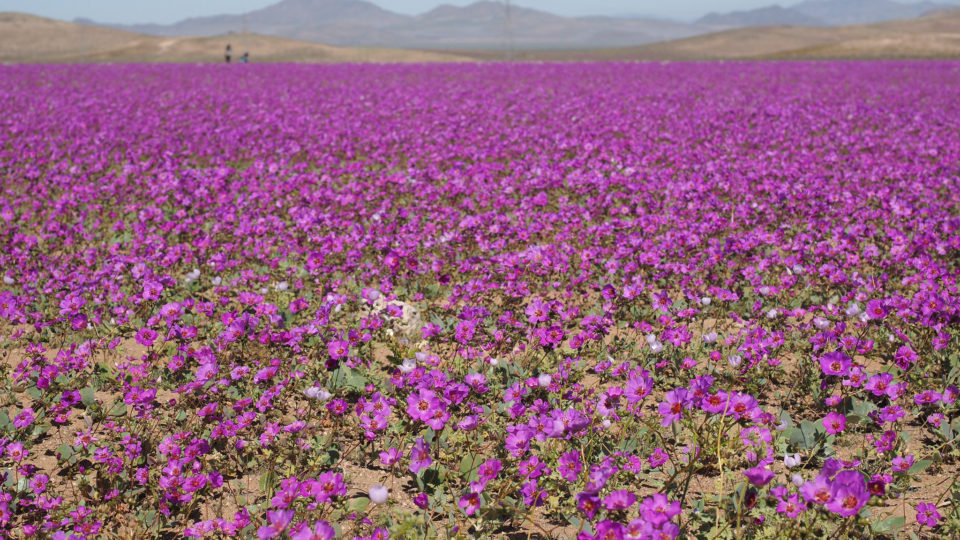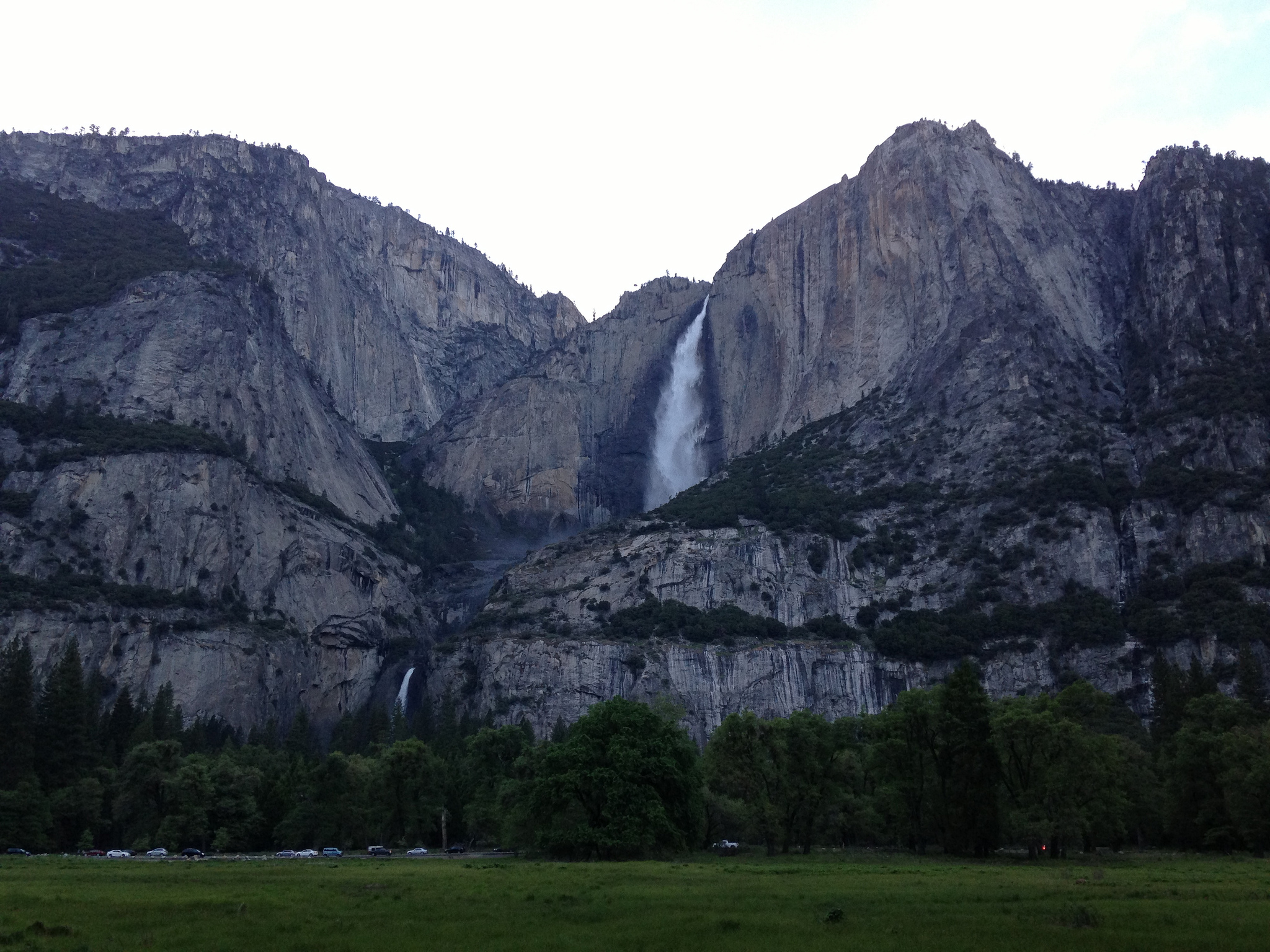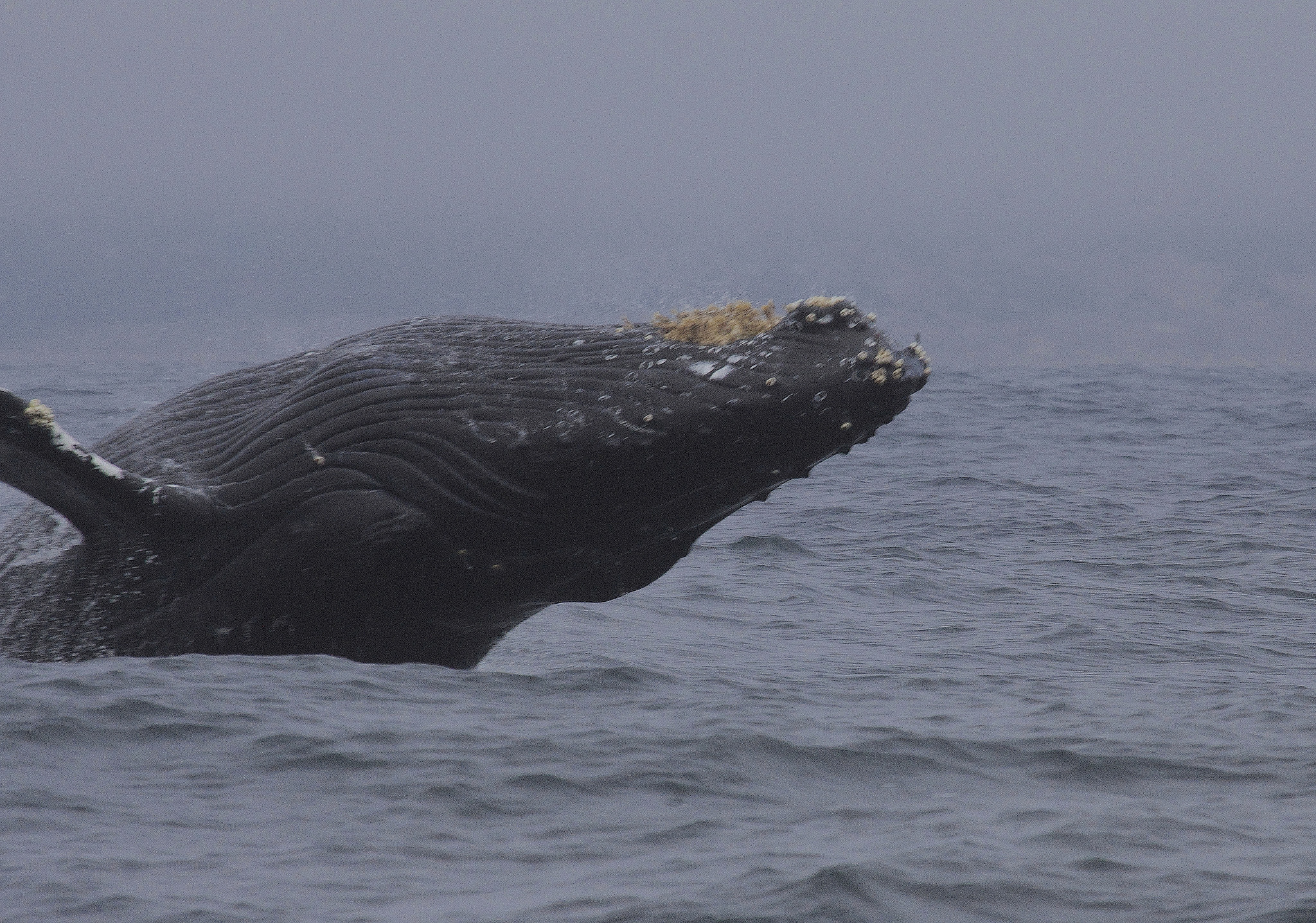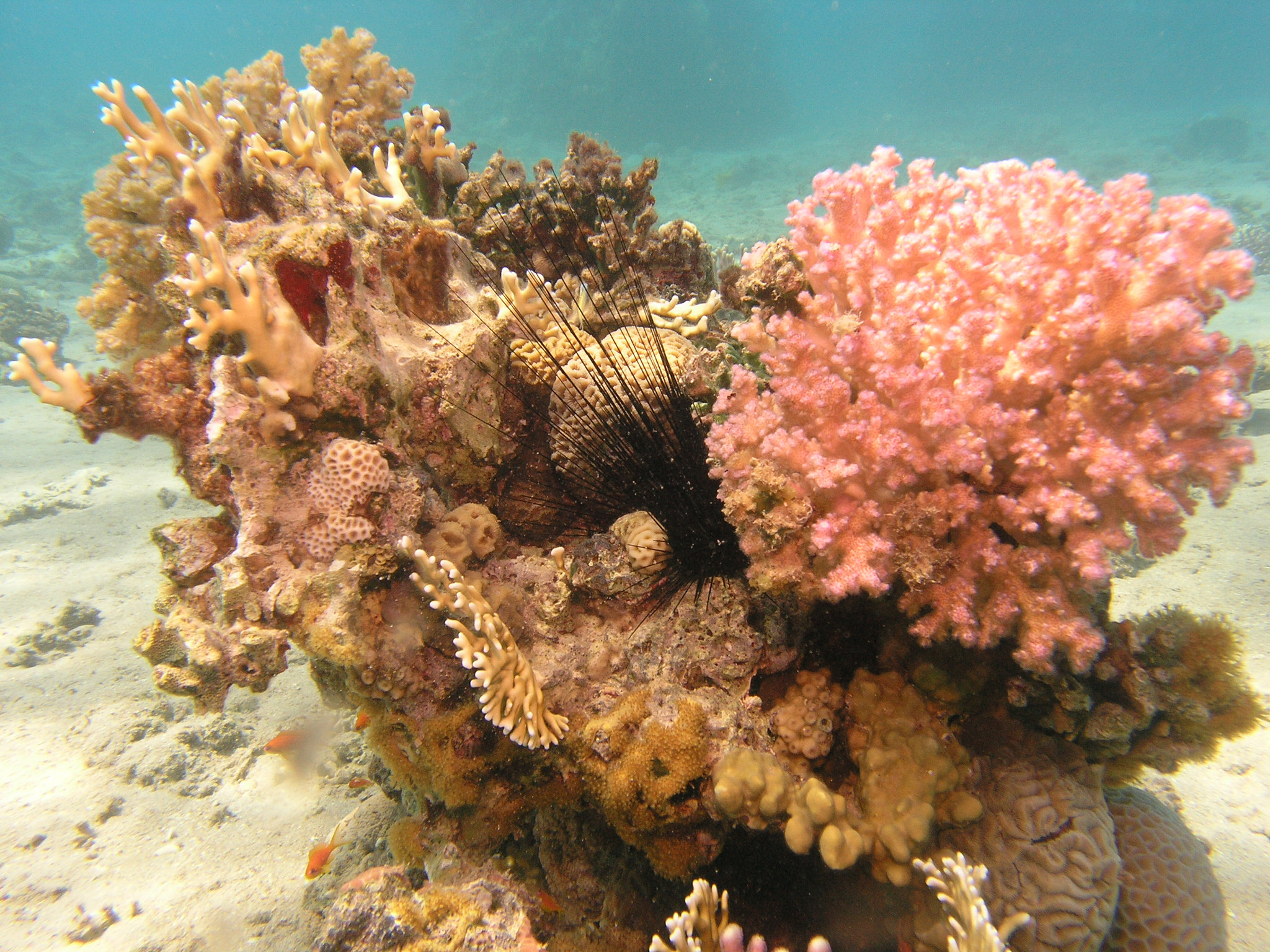If you’ve ever been on an airplane, chances are pretty good that you’ve experienced turbulence. As the busy summer travel season kicks off, travelers are being encouraged to brace themselves for a bumpier-than-usual ride.
There has been a major increase in the number of severe turbulence cases on both domestic and international flights. According to a new study by researchers from the University of Reading in the U.K., climate change is leading to this increase in turbulence, driving up costs (via wear and tear on aircrafts), and increasing the risks for passengers and flight attendants. In the United States alone, turbulence costs the airline industry $150-$500 million annually.
The study, which was recently published in the journal Geophysical Research Letters, found that warmer air, caused by carbon emissions, is creating bumpier flights around the world. In fact, the study found that severe turbulence in the North Atlantic is up by 55% since 1979.
The changing climate is affecting air travel in other ways as well. A faster jet stream across the Atlantic is altering travel times. Rising temperatures are reducing the weight that aircraft can carry. Rising seas are threatening low-lying coastal airports around the world.
But carbon emissions from aviation are also a significant driver of the climate crisis. Air travel accounts for approximately 3% of global greenhouse gas emissions, and is one of the fastest growing sources of emissions. According to the International Civil Aviation Organization, emissions from international air travel are expected to triple by 2050.
The future is shaping up to be a bumpy ride.
**********
Web Links
Climate crisis leading to more turbulence during flights, says study
Evidence for Large Increases in Clear-Air Turbulence Over the Past Four Decades
Climate Scientist Explains Increase In Airplane Turbulence
Photo, posted May 9, 2018, courtesy of Steve Lynes via Flickr.
Earth Wise is a production of WAMC Northeast Public Radio


